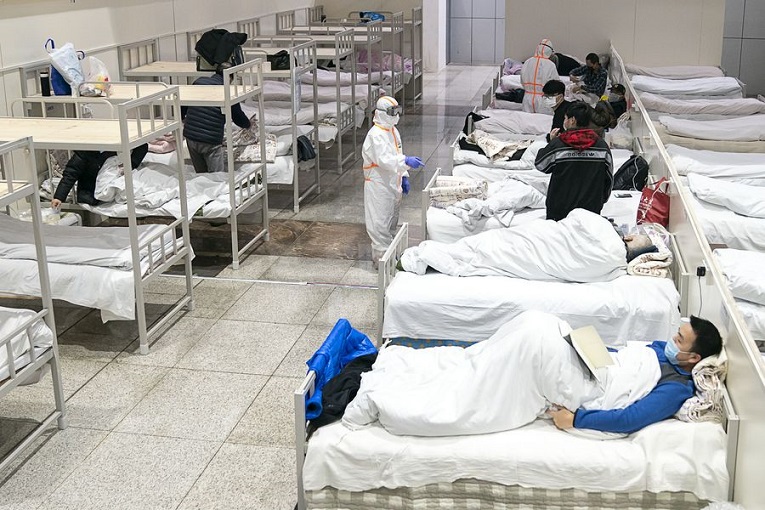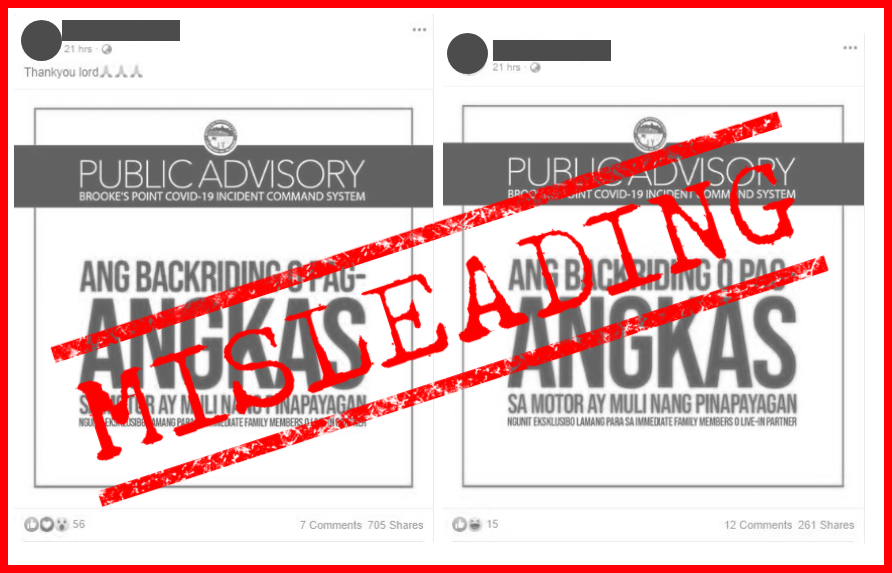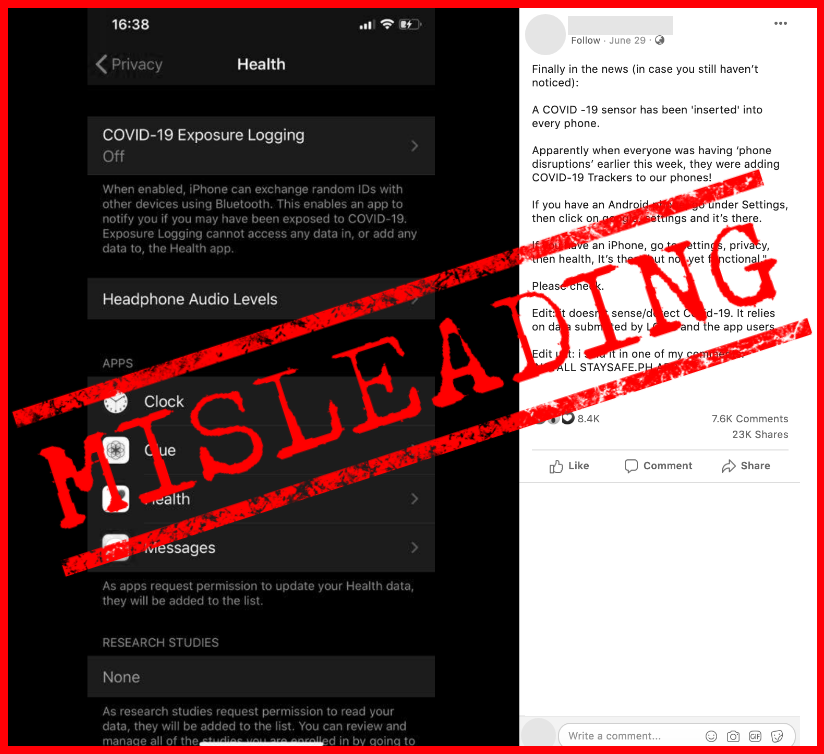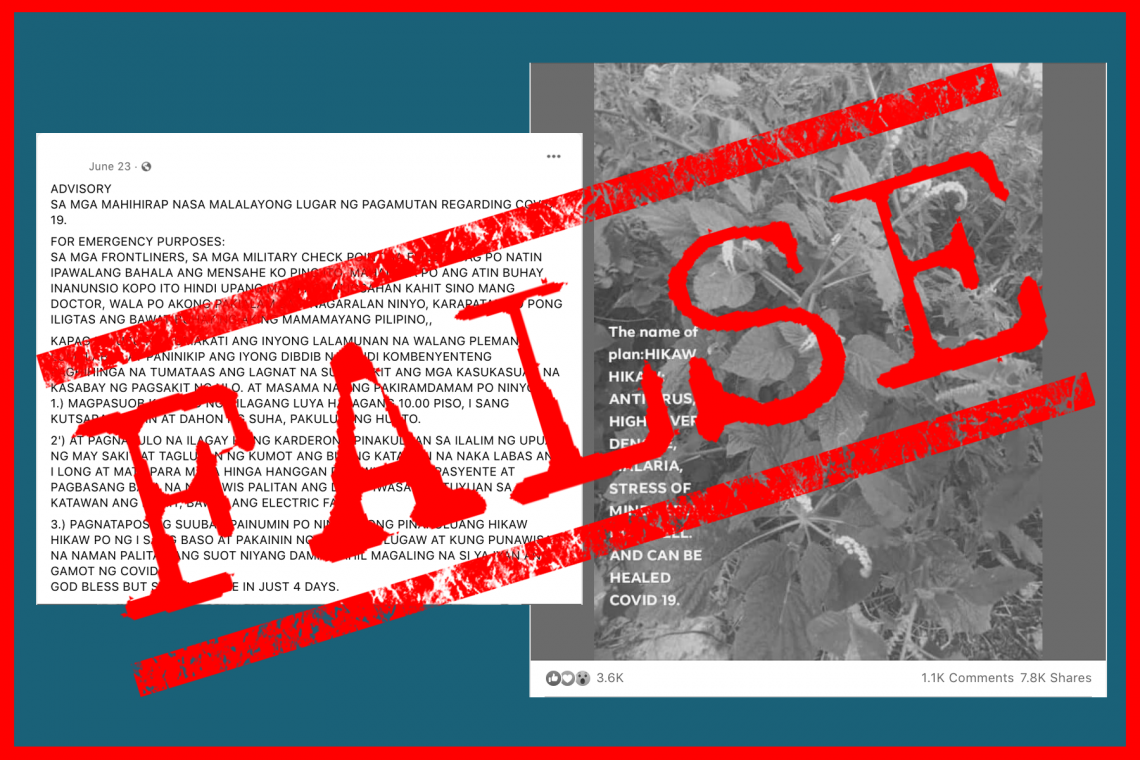Two separate collections of misleading images which are not connected to the confirmed cases of the bubonic plague in Inner Mongolia, China, have been circulating on Facebook (FB) since July 6.
A case of bubonic plague was confirmed early in July in the region northwest of Beijing.
The first set showed six photos which included images of arms with burns and boils that have nothing to do with the disease.
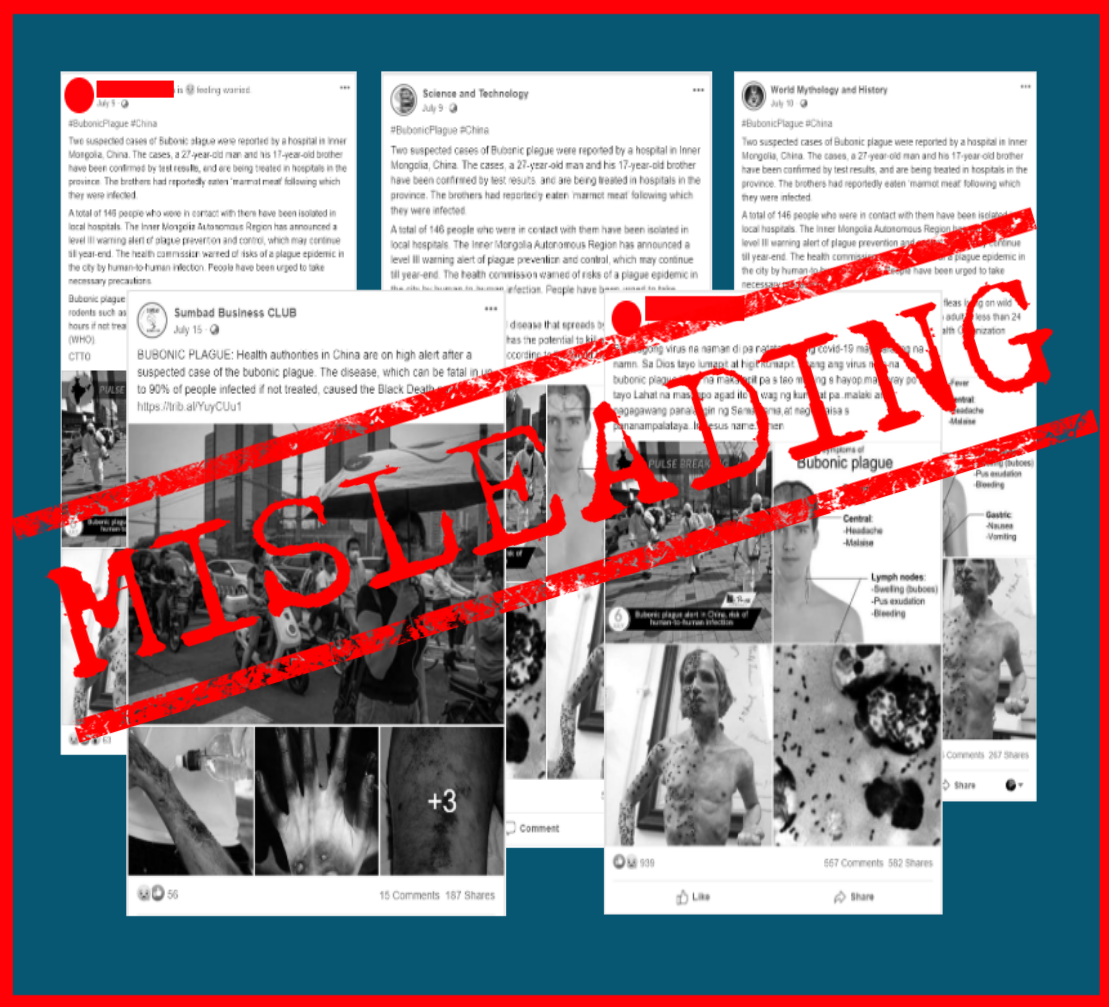
FB page Sumbad Busines CLUB posted news about the plague on July 15 with the following misleading and unrelated images:
- A pedestrian walking, with motorcycles waiting at a traffic stop in Beijing, not in Inner Mongolia, was a European Pressphoto Agency (EPA) photo taken on July 3. According to the caption, it was the morning rush hour in China’s capital after a recent spike in COVID-19 cases.
- A burned arm being poured with water is an iStock image published in 2013 showing a simulation of a paramedic cooling a third-degree burn with cold water.
- A partially darkened hand is a special effects bubonic plague make-up for Halloween in 2019 created by an artist based in Australia.
- A wrist with boils was taken from a 2016 Medium article where the author shares his experience with shingles, which he first thought was the plague.
- A man with severe skin rashes on his face is an Elsevier photo published in a 2014 article on smallpox in the blog section of the Spanish newspaper ABC.
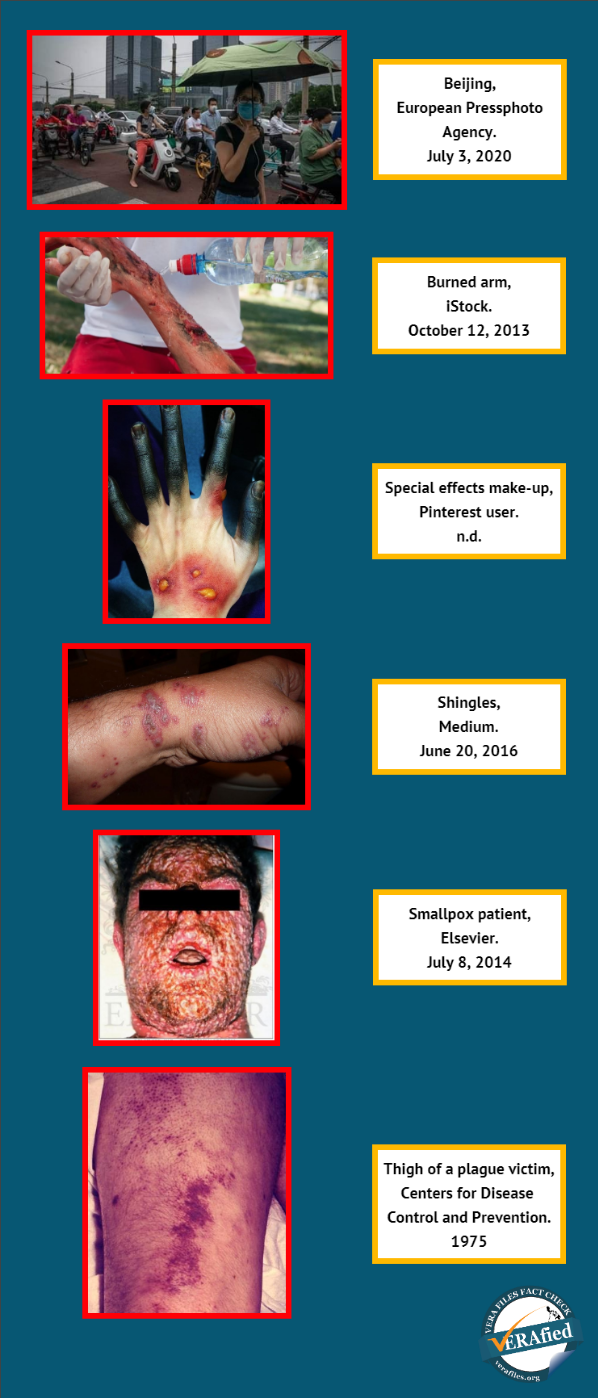
Only the remaining photo is that of a plague victim’s thigh, but it was taken in 1975, and not recently, according to the archives of the Centers for Disease Control and Prevention of the United States.
The second set of misleading images is a collection of four photos, including a graphic published by an FB page which describes itself as a platform for students in an Indian university.
On July 9 and 10, at least three FB pages and two users published the misleading set of images. FB page World Mythology and History topped the list with the most interactions according to social media monitoring tool Crowdtangle.
The FB pages copied the first image from PU Pulse, a student-run Facebook page for Punjab University “students, alumni and teachers” in India. It uploaded on July 6 a misleading graphic of soldiers wearing full personal protective equipment (PPE) while disinfecting a street and labelled it “the bubonic plague alert in China.”
The image used was not a picture in Inner Mongolia; it was an Agence France-Presse (AFP) photo taken in March in South Korea at the height of the COVID-19 pandemic in the country.
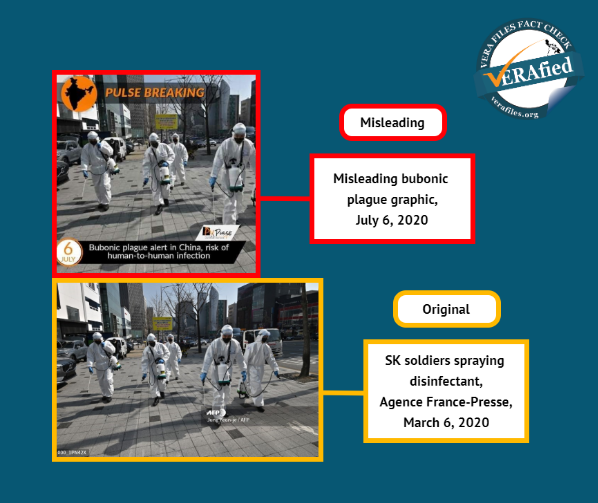
Three other photos were added to the set to complete the misleading news on the plague in China:
- An image of a wax sculpture of a plague victim created in 2008 by British sculptor Eleanor Crook.
- A 2008 image of a diagram listing the main symptoms of the bubonic plague uploaded on Wikimedia Commons by Swedish doctor named Mikael Häggström.
- A Getty Images photo of a blood smear taken from a plague victim. It first appeared on the site in 2003, but a Shutterstock image says the photo was taken in 1965.
The bubonic plague is one of two forms of plague infection caused by the bacteria Yersinia pestis. This is usually transmitted through flea and insect bites. One of its main symptoms is an inflamed and painful lymph node called bubo. The bubonic plague is one of the deadliest diseases in history.
FB page PU Pulse was created in February 2015, World Mythology and History in April 2020 and Sumbad Business CLUB in March 2019.
(This fact check was produced by a student from the University of the Philippines Diliman who is doing his internship with VERA Files.)
(Editor’s Note: VERA Files has partnered with Facebook to fight the spread of disinformation. Find out more about this partnership and our methodology.)

